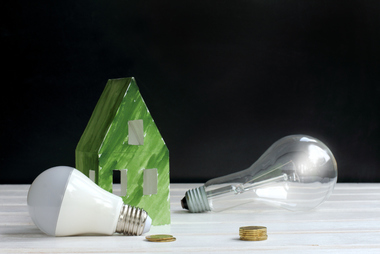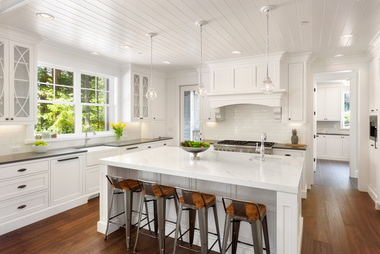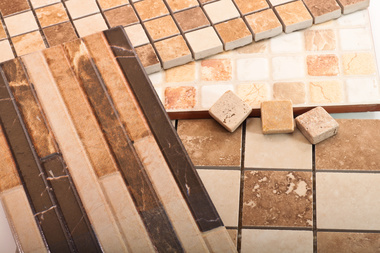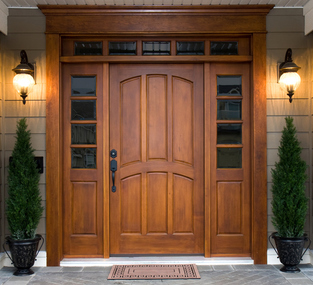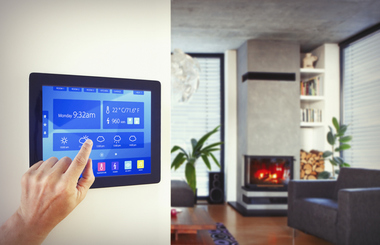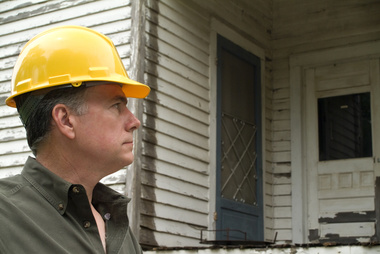Insulation is a simple concept. It keeps your home warm in the winter. Did you know it also keeps your home cool in the summer? And did you also know that what you have may not be doing a good enough job? We don't often reevaluate our insulation, so it might be a great time to take another look and make sure you have the solution you need.
Energy Efficiency
Did you know that the insulation of your home makes up about 40% of its energy efficiency? Gaps, holes and other areas where air escapes or comes into the home when not needed can all play a factor in how well your home is heated and cooled.

Did you know that the insulation of your home makes up about 40% of its energy efficiency? Gaps, holes and other areas where air escapes or comes into the home when not needed can all play a factor in how well your home is heated and cooled.
Mold Problems
Insulation, including fiberglass and cellulose, can produce mold. Fiberglass itself doesn't encourage mold growth, but it can get dirty, and that dirt can be a breeding ground for spores. How well your insulation is sealed to prevent water infiltration will go a long way to preventing mold.
Insulation, including fiberglass and cellulose, can produce mold. Fiberglass itself doesn't encourage mold growth, but it can get dirty, and that dirt can be a breeding ground for spores. How well your insulation is sealed to prevent water infiltration will go a long way to preventing mold.
Your Attic
Do you remember your mom telling you that you lose most of your heat through your head, and that's why you should wear a hat in the winter? While that's an old wives' tale, your house does suffer from a similar phenomenon. Homes without adequate insulation will lose a lot of heat through the attic, which can affect your overall home efficiency.
Do you remember your mom telling you that you lose most of your heat through your head, and that's why you should wear a hat in the winter? While that's an old wives' tale, your house does suffer from a similar phenomenon. Homes without adequate insulation will lose a lot of heat through the attic, which can affect your overall home efficiency.
Types of Insulation
There are a number of materials that are used for insulation. They all have a variety of pros and cons that you'll need to weigh before making your choice. The most popular materials are:
There are a number of materials that are used for insulation. They all have a variety of pros and cons that you'll need to weigh before making your choice. The most popular materials are:
- Fiberglass.
- Mineral wool.
- Cellulose.
- Polyurethane foam.
- Polystyrene.
Before you decide which one works best for you, we encourage you to review the products and talk to experts.
Venting
Your insulation choice needs to be paired with the proper kind of venting to make it work. If there is too much moisture, you run the risk of mold. But if you have no ventilation at all, you've created a closed system that won't be able to properly vent hazards such as carbon dioxide. Pairing your insulation with proper ventilation will be essential.
Your insulation choice needs to be paired with the proper kind of venting to make it work. If there is too much moisture, you run the risk of mold. But if you have no ventilation at all, you've created a closed system that won't be able to properly vent hazards such as carbon dioxide. Pairing your insulation with proper ventilation will be essential.
The R-Value
Lastly, we should mention the most common rating system for insulation. You'll see that manufacturers refer to their products by the R-value. This is the capacity by which your insulation can resist heat flow. The higher the number, the more insulative your material is.
Lastly, we should mention the most common rating system for insulation. You'll see that manufacturers refer to their products by the R-value. This is the capacity by which your insulation can resist heat flow. The higher the number, the more insulative your material is.
Keep in mind that the specific R-value number you need will vary based on your location. Minnesota has very different insulation requirements than Southern California does, for example.
